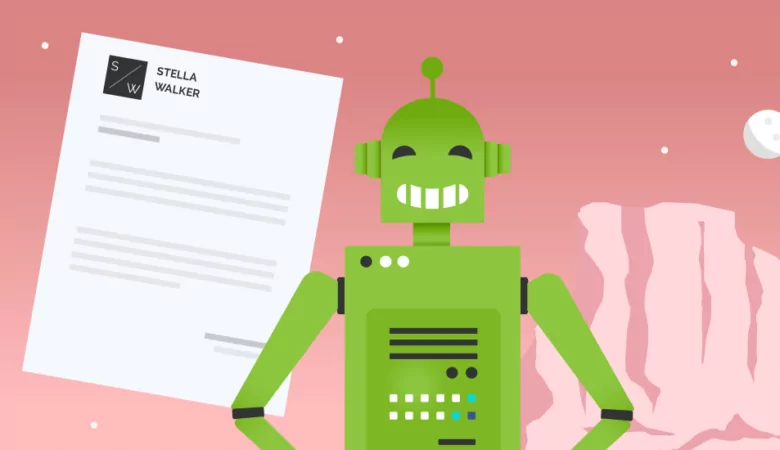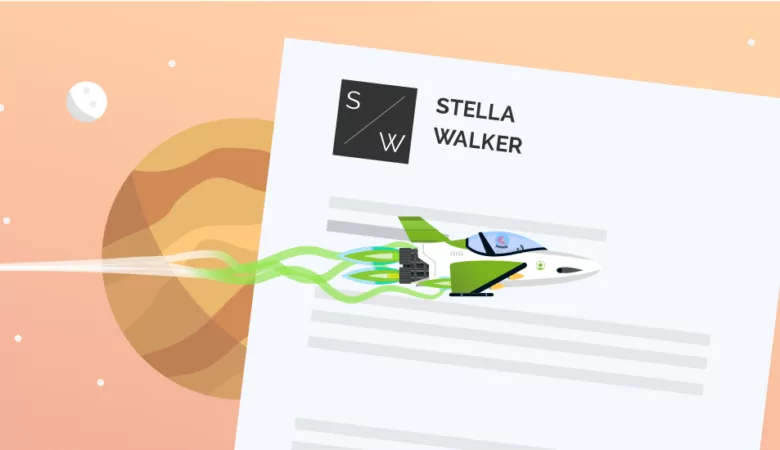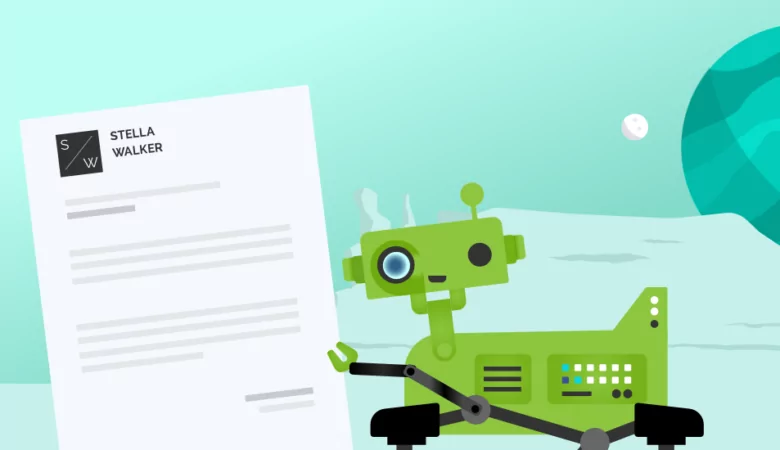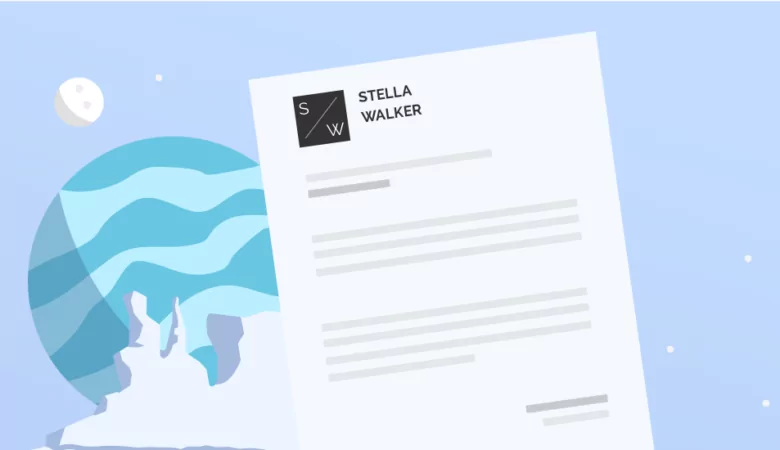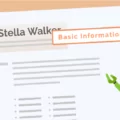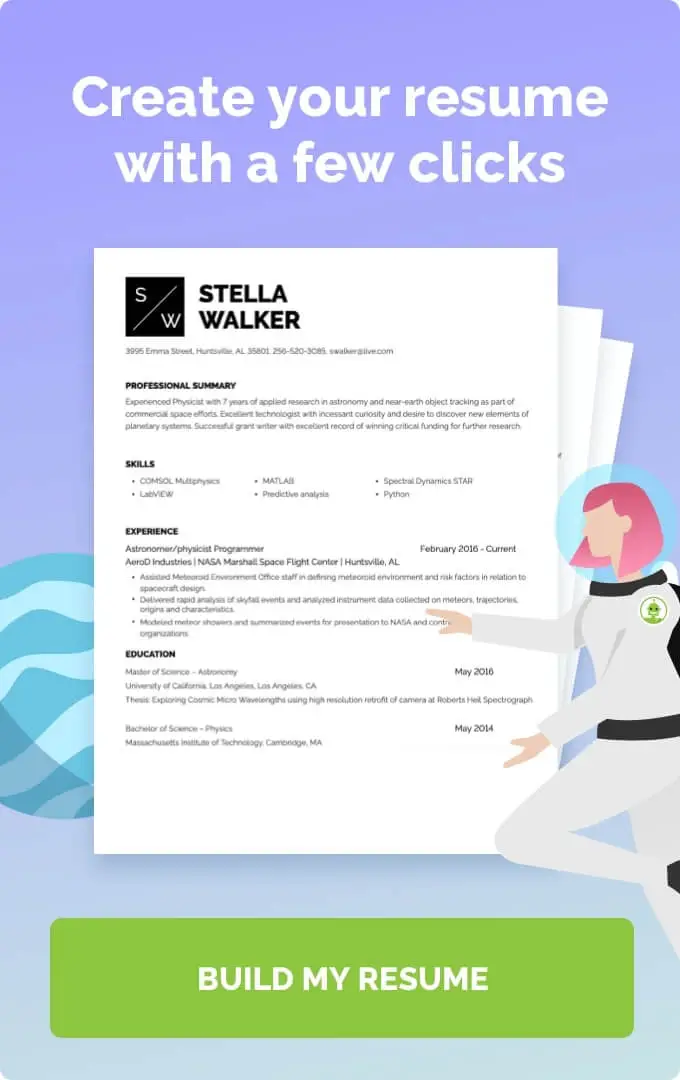Learn how to write a pain letter, including tips and a guide to finding pain points, to help secure your dream role this year.
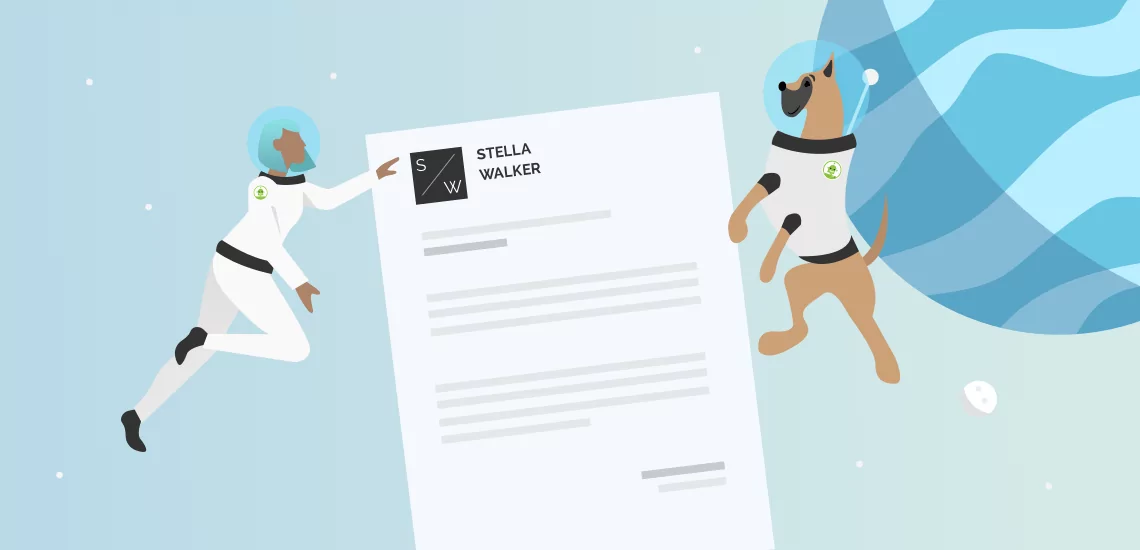
Secure Your Dream Role This Year With a Great Pain Letter
Pain Letter
You’ve probably heard of a cover letter, but have you heard of a pain letter? A pain letter is a great way to target an employer’s problems and present yourself as the solution, placing you in first place for a role. If you’re unsure of what a pain letter is and don’t know how to create an excellent pain letter, then this guide will teach you all you need to know. Keep reading to find out what pain letters are, a pain letter example and the best tips to create this alternative to a traditional cover letter.
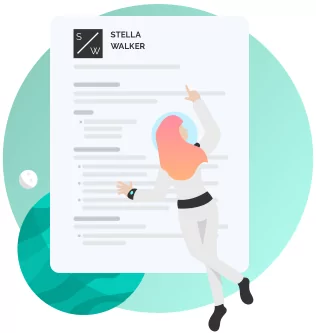
Pain Letter Example
Before getting into the specifics, it’s important to address exactly what a pain letter is. A pain letter addresses one of the employer’s most significant challenges and presents yourself as the solution. A pain letter aims to convince a hiring manager or recruiter that their most significant pain points will disappear by hiring you. For example, suppose a company is struggling with its social media strategy in its marketing team. In that case, you may create a pain letter that explicitly references your social media abilities, explaining how you intend to target their business pain with a comprehensive social media strategy. Doing this might increase your chances of securing a role as this makes your letter personal to the employer.
Great Pain Letter Example
[Header]
[Today’s Date]
[XYZ Company Address]
[Phone Number]
[HiringManagerEmail@xyzcompany.com]
Dear Hiring Manager’s name] (e.g., Dear Mr./Mrs./Ms. Smith),
I am writing to apply for the open PR executive role at [company name]. As a diligent professional with over ten years of experience in public relations, I believe I can revitalize your PR strategy, yielding quick results that improve public image and bring in more customers.
I approach each press release enthusiastically and have a comprehensive strategy that turns otherwise dull subject matters into gripping pieces that engage the public. My main goal in all of my releases is to spread the company message to the masses, and my step-by-step process allows me to execute this while fulfilling all other responsibilities.
My experience working with companies that struggle with public perception has built my resilience, making me a key weapon in overcoming company growing pains.
I look forward to bringing my enthusiastic attitude to this role and can’t wait to get stuck into targeting the company’s pain points. Thank you for taking the time to review my application. Attached is my resume and professional portfolio links if you want to know more about my key accomplishments and qualifications.
I look forward to discussing this role at greater length in a job interview.
Sincerely,
[Your name]
Tips for Writing Your Pain Letter Using This Example
To write a pain letter, there is a specific step-by-step process that needs to be fulfilled before you can address the employer’s pain points. Here’s how you can do this:
-
First paragraph
The first paragraph should introduce your accomplishments to the potential employer. This is designed to hook the hiring manager’s attention and encourage them to continue reading. The first paragraph is where you address the company’s potential main problem and introduce how you can solve it. To do this, you’ll need to develop a pain hypothesis.
You can take inspiration from the company’s website, where they may indicate some of their key challenges. You should also see if the job description or ad highlights what they’re looking for in a candidate and examine whether they address their pain points here.
-
Second paragraph
Your second paragraph should introduce and explain how you plan to tackle their pain point in greater depth. While you shouldn’t make this section too long, you can briefly explain some of the ways you plan to improve their company.
A compelling pain letter will show a hiring manager how you’ll improve, not just stating that you’ll address their pain points. You can do this by drawing from your previous experience and explaining how you changed operations in your previous role or solved a similar problem. This might fill the hiring manager with confidence and improve your chances of securing a role.
-
Third paragraph
Your final paragraphs should bring your pain letter to a close. You can express your enthusiasm and provide a call to action such as “I look forward to hearing more about this role in an interview.” This can motivate a hiring manager to contact you for more information about your application.
FAQ: Pain Letters
Yes, providing a cover letter is critical for your job application. This acts as an introduction to your skills and qualifications and grabs the hiring manager’s attention, increasing your chances of success.
While a pain letter isn’t always mandatory, it can be helpful to incorporate pain letter elements to address the hiring manager’s pain points. This shows you want to make a tangible change to the company, which can be an attractive employability quality.
A pain letter shouldn’t be any longer than a standard cover letter. While providing a hiring manager with lots of detail about how you plan to address pain points is good, it's vital not to provide too much detail that elongates your letter. Leaving out some information may encourage a hiring manager to contact you for more information.
Here is a step-by-step guide to writing a pain statement:
Hypothesize what your employer’s main struggle is.
Research this on the employer’s website, job advertisement and job description.
Allude to this in your letter without being combative or unprofessional.
Provide a brief solution or how you plan to tackle this.
Give examples of where you’ve done this before.

